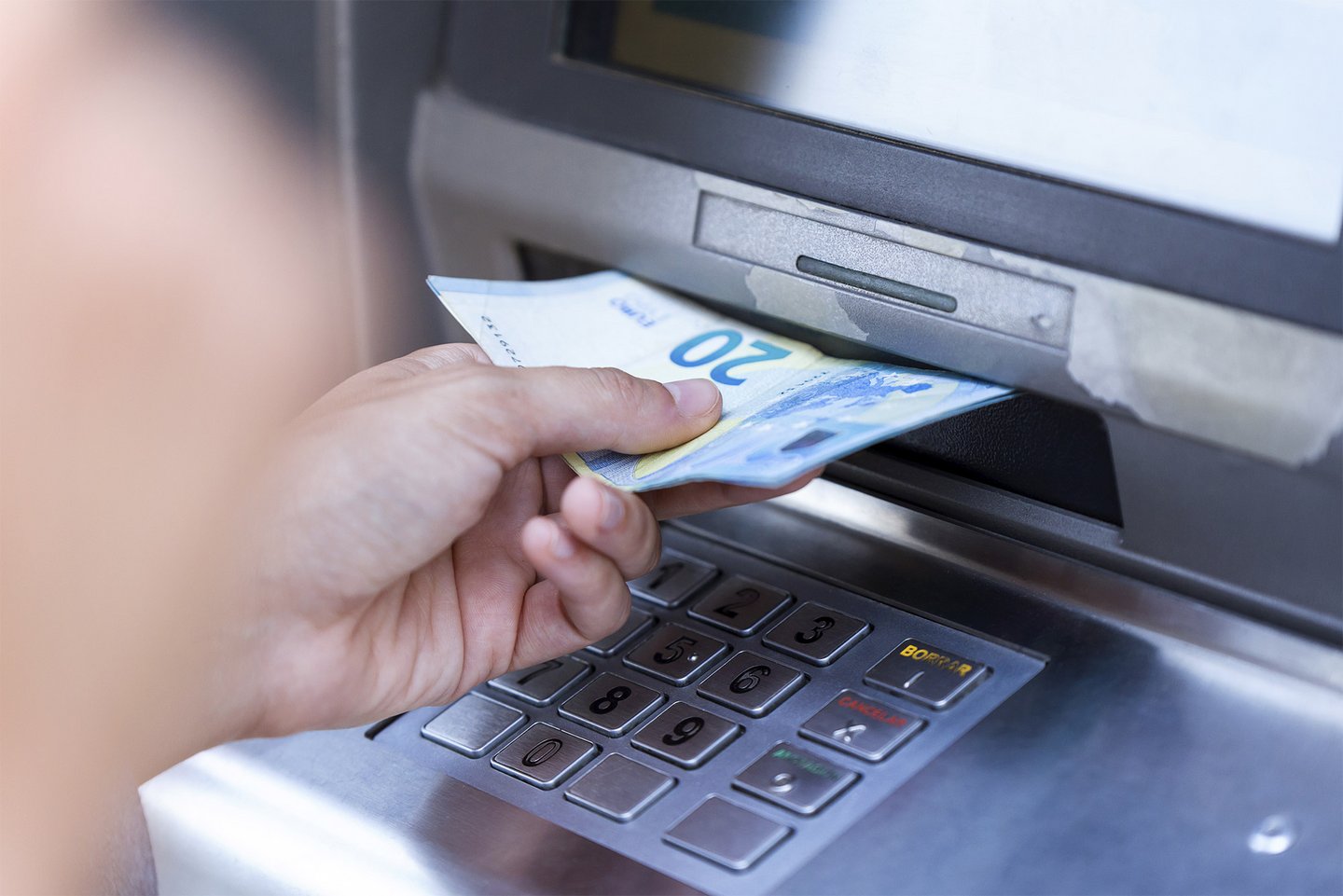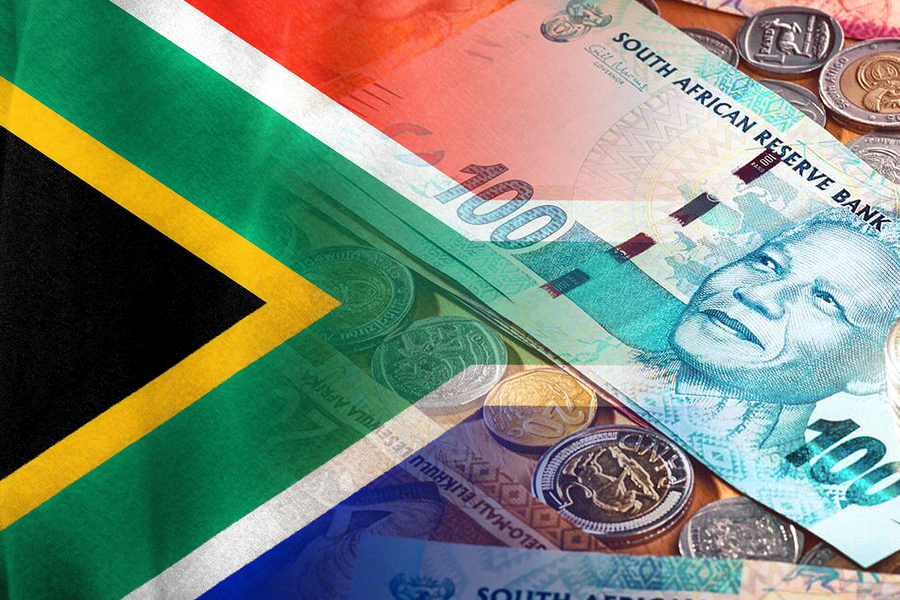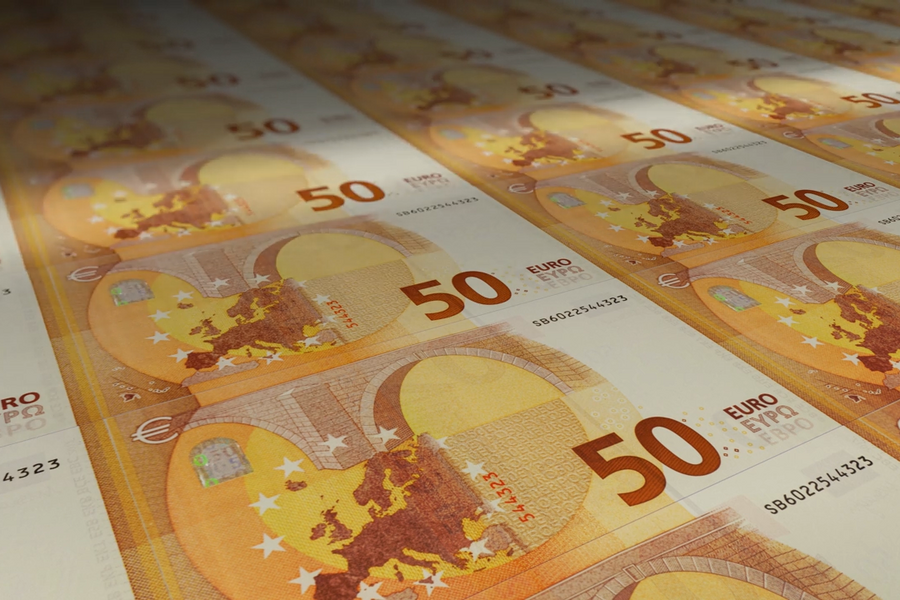It is hard to remember the European Union (EU) before the euro. It was a time when a road trip through Europe would lead to a jumble of leftover banknotes in half a dozen currencies. The euro has now been with us for two decades, and to celebrate its 20th anniversary, we thought that we would put together a few things that you never knew you wanted to know about the currency.
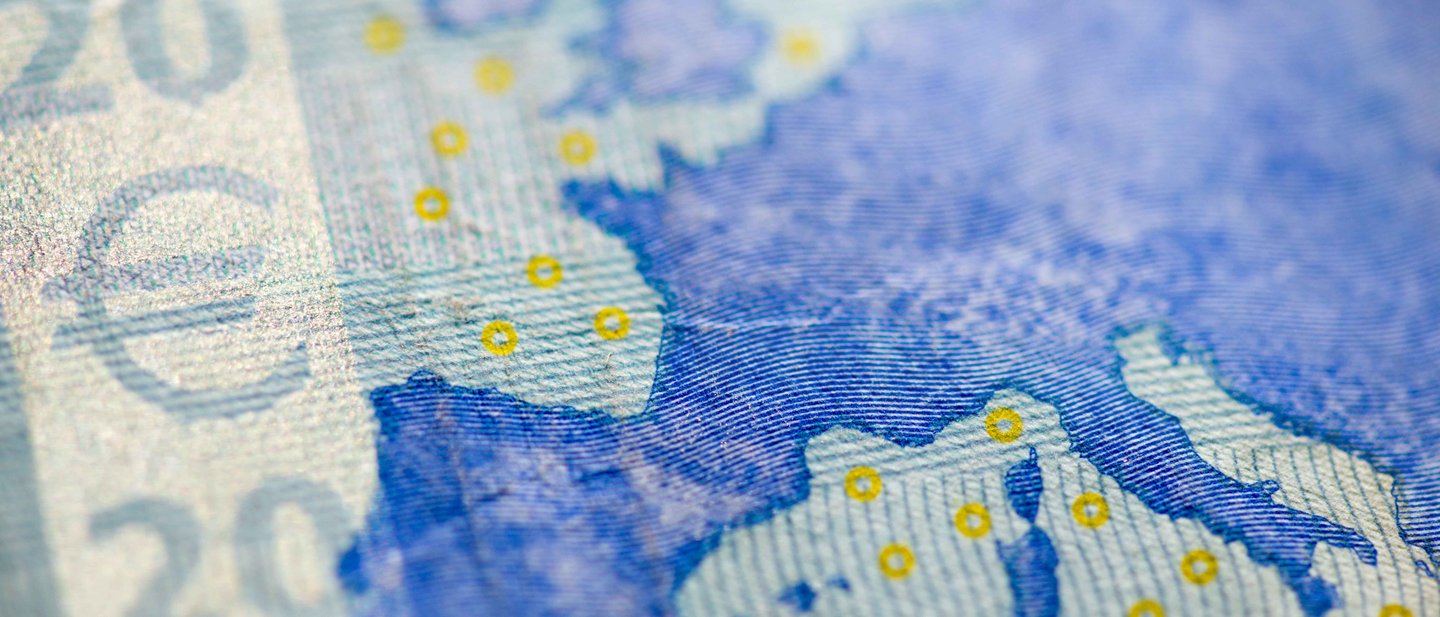
1 euro, 20 years: 10 interesting facts about the euro
What does the euro symbol (€) represent? What is the only British territory to use the euro? Read on to find out …
-
The euro sign has meaning
Officially, the inspiration for the euro symbol (€) itself came from the Greek epsilon (ϵ) – a reference to the cradle of European civilization – and the first letter of the word Europe, crossed by two parallel lines to “certify” the stability of the euro.
-
The euro was an electronic currency first
Before the euro could be found in anyone’s wallet, the European Central Bank (ECB) introduced it in a purely electronic form as part of the banking settlements system on January 1, 1999.1 The printing of notes only came three years later.
-
When the physical euro was introduced, it was the biggest cash changeover in history
Introducing the euro was a massive logistical exercise, which brought 15 billion notes and 52 billion coins into circulation in a matter of weeks under conditions of the strictest security. One currency with seven denominations replaced 11 different currencies across the EU. It was not just a logistical exercise though; the public also had to be educated about the new denominations and their security features, such as holograms and watermarks.
-
The printing of euros takes place all over Europe
The ECB does not produce all of the physical euro banknotes in circulation. The printing of euros takes place under license by national central banks and private companies in 11 highly secure locations across the EU.2 For the first printing of the new European currency, G+D is the largest printer, printing half of the German euro quantity, among other items. The largest paper supplier for the new banknotes is the Louisenthal Paper Mill. Throughout the production process, hundreds of manual and automated tests are performed to ensure that banknote denominations are identical regardless of where they were printed.
-
Euro banknotes are made of cotton
Banknote paper is made largely from cotton fibers – so-called cotton noils, which are a waste product from the textile industry. In 2019, approximately 5,210 tons of cotton fibers were used to make euro banknotes, and 57% of these fibers were certified as originating from sustainable sources. Going forward, the target is to use sustainable cotton for all euro banknote production.
-
The designs on the notes are unreal
The current banknote series, called the Europa series, features windows and doors on one side, symbolizing the European value of openness, and bridges on the other, symbolizing communication. Every note has an important European architectural style, but none of the windows, doors, or bridges actually existed – until Dutch designer Robin Stam came up with the idea to replicate these fictional bridges in the Dutch town of Spijkenisse.3 In December 2021, the ECB announced that it has plans to redesign the euro banknotes by 2024.4
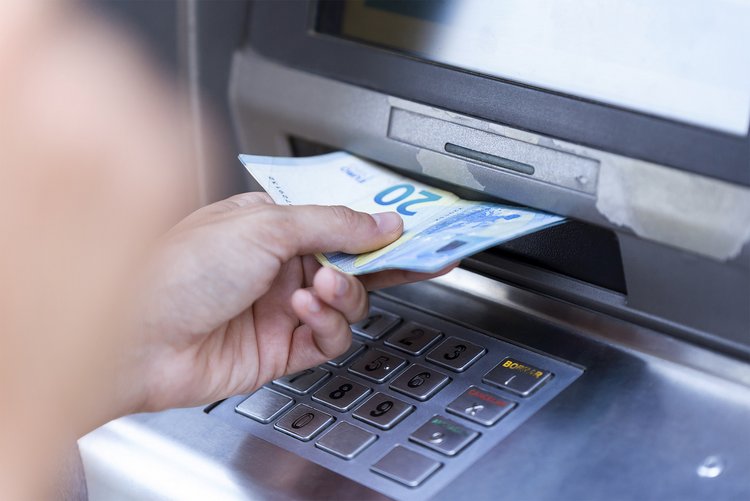
-
The euro is one of the least forged major currencies in the world
The proportion of counterfeit notes in circulation is small and now at a record low. In 2020, only 17 in every 1 million notes was identified as a forgery, one of the best ratios of any major currency. The banknotes have a host of security features, ranging from obvious ones such as holograms and watermarks through to more subtle features such as microprinting. Still other security features can only be viewed under ultraviolet light and are not visible to the naked eye at all.
-
The number of euros in circulation just keeps on growing
The number of euro banknotes in circulation has increased from 7.8 billion in 2002 to 27.6 billion as of November 2021. As of November 2021, this now stands at a total of €1.5 trillion by estimated value, up from €246 billion in 2002.
-
Some states outside the EU have adopted the euro as their currency
In addition to being the currency of 19 EU countries, the euro is now the official currency of Kosovo, Montenegro, and the Sovereign Base Areas of Akrotiri and Dhekelia. These Sovereign Base Areas are a British Overseas Territory on the island of Cyprus, making them the only places under British sovereignty to use the euro.
-
You always know who printed any given euro banknote
Serial numbers on the Europa series of banknotes are two numbers printed on the rear side of the banknote: one horizontal in black, one vertical printed in color. The horizontal number is made up of two letters and ten digits, and the first letter identifies the printing works. If it starts with an X or a W, it was printed by Giesecke+Devrient.
Are you interested in more?
For further interesting facts about cash and currencies make sure to also look at our collections of facts about coins and facts about banknotes.
Published: 21/12/2021
Share this article
Subscribe to our newsletter
Don’t miss out on the latest articles in G+D SPOTLIGHT: by subscribing to our newsletter, you’ll be kept up to date on latest trends, ideas, and technical innovations – straight to your inbox every month.
